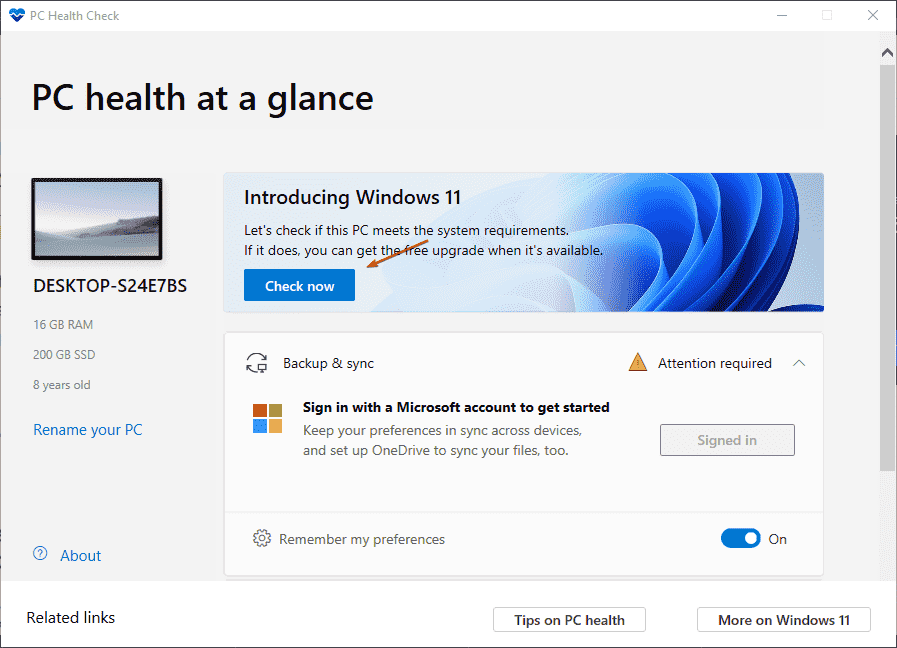

Search for Command Prompt, right-click the top result, and select the Run as administrator option.To check for issues within the image with DISM, use these steps: However, the option won't perform any repairs. You can use the CheckHealth option with DISM to quickly determine if there are any corruptions inside the local image. Checking issues with DISM using CheckHealth option

Also, depending on the severity of the issue, there are additional settings that you can use with the RestoreHealth option to repair an image using different sources. Using the Deployment Image Servicing and Management command tool you have three main options to repair an image of Windows 10, including CheckHealth, ScanHealth, and RestoreHealth, and you want to run them in that hierarchy.

In fact, Windows 10 as a whole is going to be supported until 2025.How to run DISM to repair an image of Windows 10 Windows 10 is going to get an update later on this year. You're still good to go on Windows 10 for a while. If your PC is left behind when Windows 11 comes around, don't worry. The image above was taken on the original Surface Book, which has sixth-generation Intel processors.

It's possible that these devices will end up working at some point, but the PC Health app says that they won't be compatible with Windows 11. Anything older than Intel's eighth-generation processors is not on it. There's also a CPU compatibility list that lists every processor that's supported by Windows 11. On the main system requirements page, it says that you need at least a 1GHz 64-bit CPU with two or more cores. 32-bit CPUs and single-core CPUs are no longer supported. You also need TPM 2.0, a roadblock for many.ĬPU requirements have changed as well. You need 4GB RAM now instead of 2GB, and you need 64GB storage now instead of 32GB. Pretty much every requirement has been raised. There are a lot of reasons that your PC might not be eligible.


 0 kommentar(er)
0 kommentar(er)
